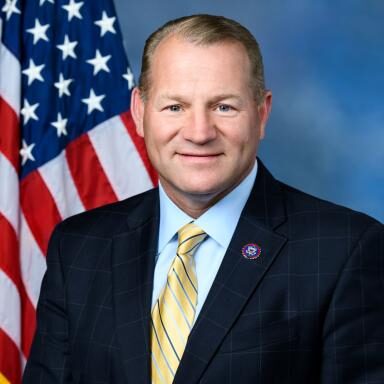Defense Secretary Pete Hegseth on Friday reportedly dismissed Navy Chief of Staff Jon Harrison, marking a significant reshuffle inside the Pentagon as President Trump’s defense team continues to consolidate its priorities.
Harrison, a longtime insider who had worked to rewire internal Navy protocols, had been closely tied to efforts that aligned the service with the Trump administration’s broader defense agenda.
“Jon Harrison will no longer serve as Chief of Staff to the Secretary of the Navy. We are grateful for his service to the Department,” a Department of Defense official said in a statement. Politico first reported the news.
Harrison’s ouster came just days after the Senate confirmed Hung Cao as Undersecretary of the Navy. Cao, a Trump appointee, is now the second-most senior civilian at the Navy under Secretary John Phelan. His confirmation further strengthens the hand of Hegseth and the administration’s reform-minded leadership.
Harrison, along with Phelan, had worked alongside Hegseth to introduce new military policies, cancel a series of outside contract agreements, and reassign aides originally intended to help Cao transition into his role. But with Cao now officially installed, Harrison’s removal clears the way for a more streamlined chain of command under Hegseth’s direction.
Before serving as chief of staff, Harrison was appointed by President Trump in 2020 to the United States Arctic Research Commission, where he later became chairman. His tenure there underscored the administration’s early focus on the Arctic, a region rich in natural resources and increasingly strategic to U.S. interests.
The Trump administration has made no secret of its intent to revisit America’s role in the Arctic. The president himself once floated the acquisition of Greenland, while Vice President J.D. Vance traveled to the Danish territory earlier this year to highlight its mineral wealth and geopolitical importance. That push dovetailed with the administration’s decision in June to reopen access to more than 13 million acres of Arctic land for oil and gas drilling—an area the Biden administration had previously moved to restrict.
Friday’s developments come against a broader backdrop of Trump’s efforts to restore U.S. energy dominance.
Just hours before Harrison’s dismissal was announced, a federal judge issued a ruling striking down the Biden administration’s indefinite ban on new offshore drilling.
The order, which industry leaders hailed as a victory for American energy independence, frees up large portions of the U.S. coastline that the previous administration had sought to lock away.
For conservatives, the timing underscored the stark contrast between Trump’s pro-growth, pro-security agenda and what they view as years of bureaucratic obstruction.
With Cao’s confirmation and Harrison’s removal, the Navy is expected to move more decisively in support of the administration’s priorities—whether on procurement reform, cost-cutting measures, or expanding U.S. presence in critical regions like the Arctic.
Harrison’s exit, while notable, is being framed less as a purge than as a necessary step to ensure cohesion. “The Department is moving in a clear direction under Secretary Hegseth,” one official noted, adding that the realignment would allow the Navy to “stay focused on the mission and deliver results for the American people.”
The shake-up signals that Trump’s Pentagon team remains determined to cut through entrenched resistance and place loyal leadership in key positions as it presses ahead with an ambitious defense and energy agenda.
[READ MORE: U.S. Deploys Special Operations “Mothership” and Expands Military Presence in Caribbean Amid Trump’s War on Cartels]













